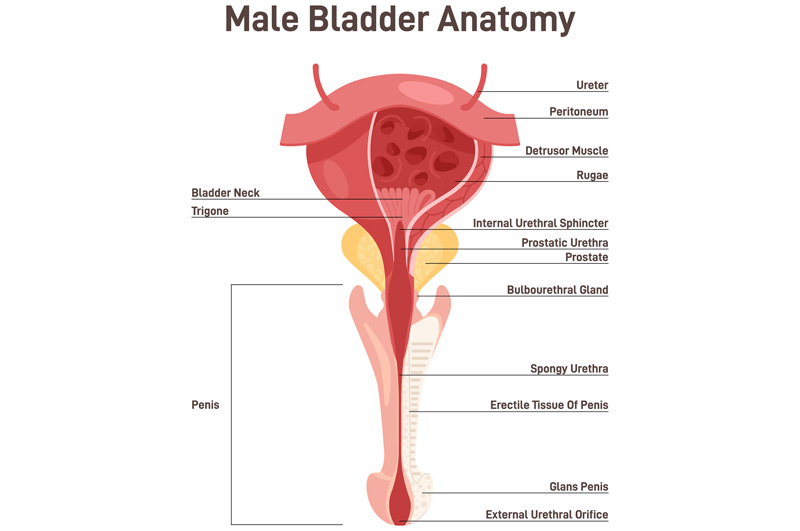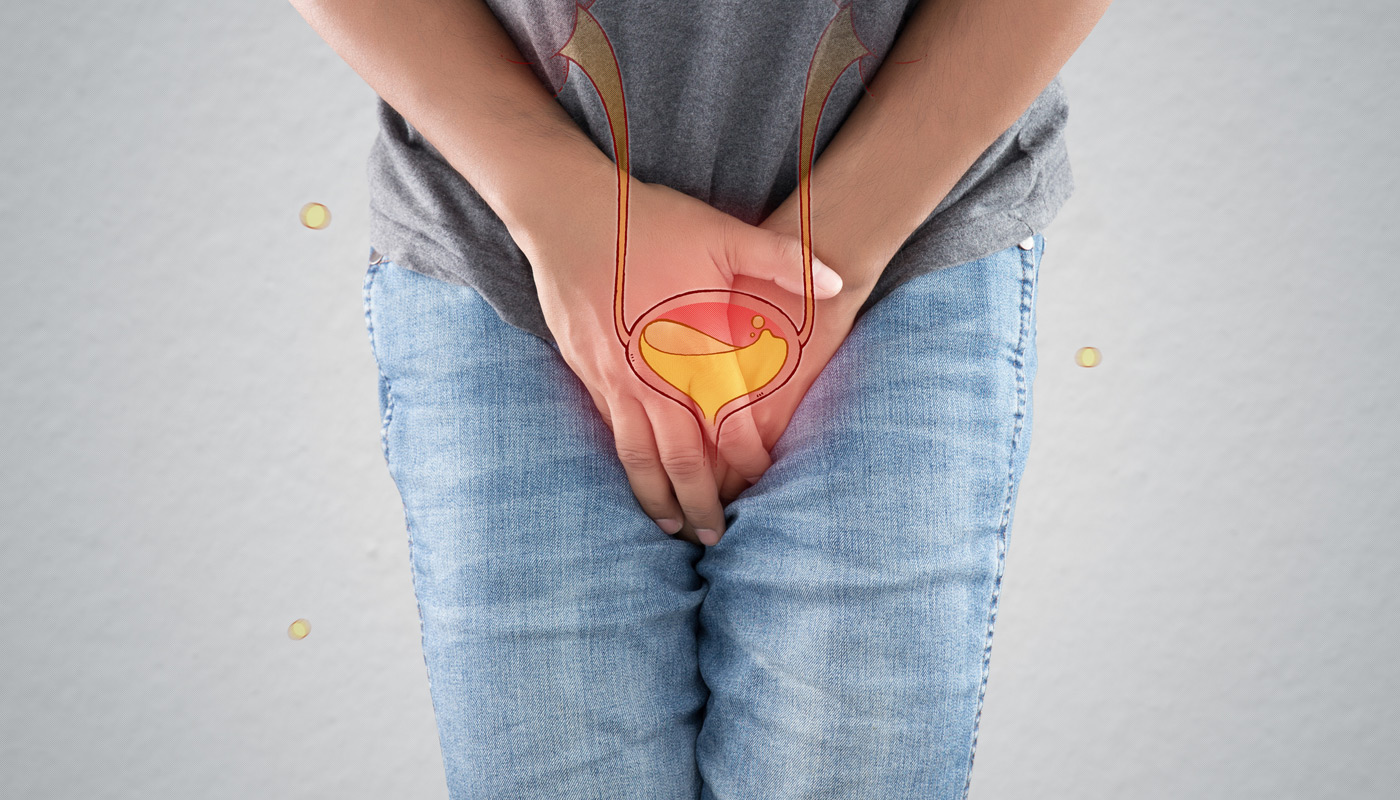When the urethra, the tube that carries urine from the bladder out of the body, becomes blocked or narrowed, it often causes difficulty in urination. One potential cause of this is scarring within the urethra, known as urethral strictures.
Urethral strictures occur more frequently in men and can arise from various causes, such as infection, injury, or inflammation. Without treatment, this condition can lead to recurrent urinary tract infections and other urinary issues.
Causes and Risk Factors
The precise causes of urethral strictures are not completely understood, but several risk factors can contribute to the development of scar tissue. Some individuals may develop scarring after undergoing an endoscopic procedure involving a scope inserted into the urethra, while others might develop strictures due to prolonged catheter use. Additional risk factors include:
- Trauma to the urethra or pelvis
- Prostate surgery or procedures
- Urethral or prostate cancer
- Previous radiation therapy
- Sexually transmitted diseases or infections


Signs and Symptoms
In men, scarring can occur anywhere from the bladder to the tip of the penis. The primary symptom of urethral strictures is disrupted urine flow. Other symptoms may include frequent urination, urine spraying during urination, incomplete bladder emptying, and blood in the urine. Additionally, related conditions such as urinary tract infections, prostatitis, and kidney damage due to urine retention may develop.
Diagnosing Urethral Strictures
Diagnosis typically starts with an examination and may involve several tests, including a urinalysis, urine flow study, urine cultures to rule out infections, and post-void residual evaluations to check how much urine remains in the bladder after urination. Imaging tests may be conducted if other urinary system problems are suspected. A retrograde urethrogram (RUG) might be performed to assess the severity of the stricture.

Treatment Options
Treatment depends on the severity of the strictures and their impact on urine flow. Some cases may be managed by gradually stretching the scar tissue using a technique called dilation. Others may require a urethrotomy, a procedure using a specialized cystoscope to cut away the scar tissue. Post-surgery, a catheter might be temporarily used to keep the urethra open while it heals. In more severe cases, reconstructive surgery may be needed to restore normal urethral function. For mild symptoms without other urinary issues, regular monitoring might be the only treatment necessary.
Symptoms of urethral strictures can resemble those of other urinary system conditions. Therefore, it’s crucial to inform your doctor if you notice changes in your urination patterns. If a urinary system issue is suspected, you will likely be referred to a urologist for further evaluation.
Choose UCI Pelvic Health Center for Urethral Stricture Treatment
If you’re experiencing difficulty urinating or frequent urinary tract infections, it could be due to urethral strictures. The UCI Pelvic Health Center offers expert diagnosis and treatment options tailored to your needs. Our specialized team uses advanced techniques to provide relief and restore normal urinary function.

